Mexican cuisine is renowned for its vibrant flavors and rich culinary traditions, and the secret to authentic Mexican dishes lies in its condiments. From fiery salsas to complex moles, these essential flavor enhancers transform simple ingredients into unforgettable meals. In this comprehensive guide, you'll learn about the top 7 Mexican condiments, how to use them like a pro, where to buy authentic products, and expert storage tips—all from a professional Mexican chef with over 15 years of experience.
Table of Contents
Why Mexican Condiments Are a Game-Changer
Mexican cuisine is all about bold flavors, fresh ingredients, and centuries-old traditions — and nothing embodies that spirit more than its rich array of condiments. Unlike typical American-style sauces, Mexican condiments often pack a punch with layers of spice, tanginess, and depth. They're not just toppings; they're the soul of many dishes.
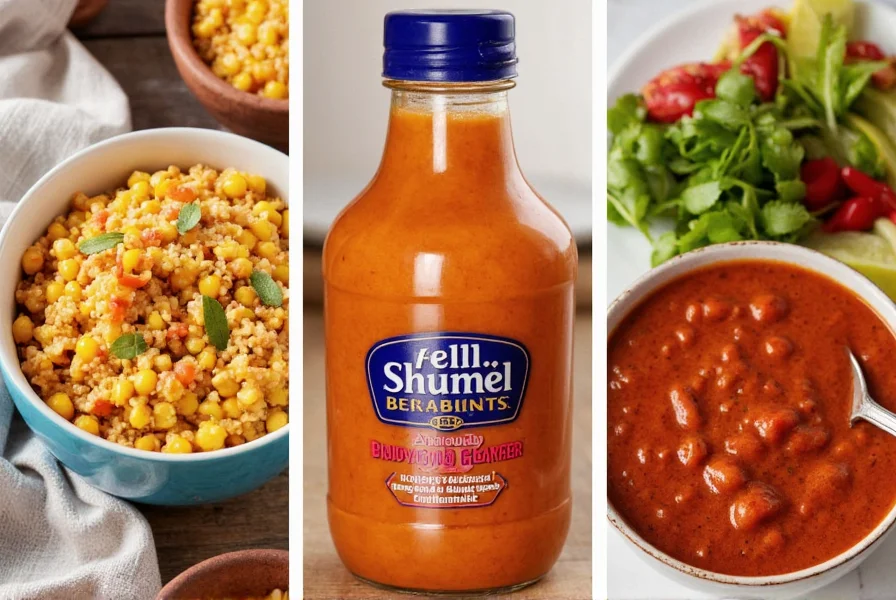
Whether you're making tacos al pastor, enchiladas, or even breakfast burritos, having the right condiment in your pantry can turn everyday meals into fiesta-worthy feasts.
Top 7 Mexican Condiments You Should Try
Let's dive into some of the most popular and versatile Mexican condiments, each bringing its own unique flair to the table:
- Salsa Roja
- Salsa Verde
- Pico de Gallo
- Mole
- Adobo Sauce
- Crema Mexicana
- Chili Oil
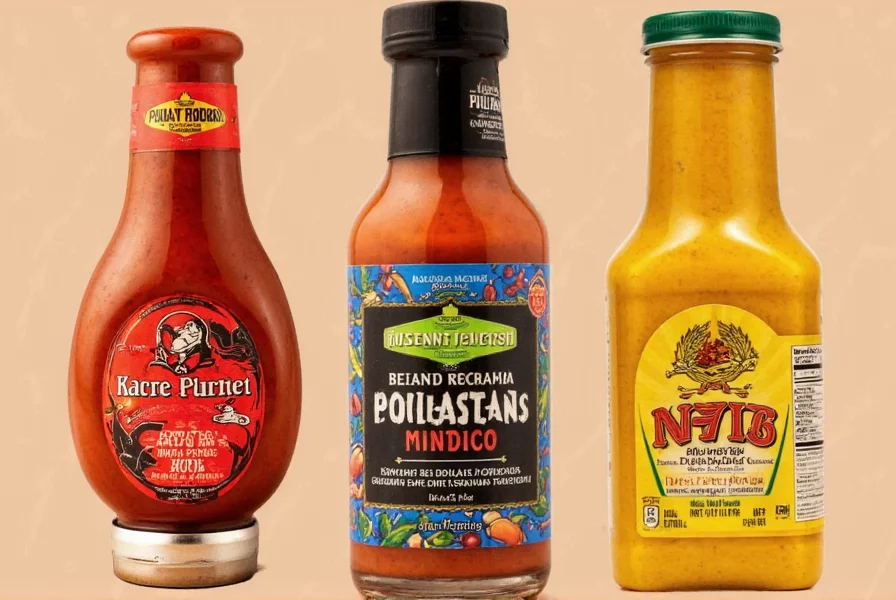
1. Salsa Roja
The quintessential red tomato-based sauce made with roasted tomatoes, chili peppers, onions, and garlic. It's spicy, smoky, and slightly sweet — perfect for drizzling over tacos, dipping tortilla chips, or mixing into scrambled eggs. According to the Mexican National Institute of Anthropology and History, salsa roja has been a staple since pre-Hispanic times, with modern variations reflecting regional differences across Mexico.
2. Salsa Verde
Green and zesty, this sauce is made from tomatillos, green chilies, cilantro, and lime. Its tangy brightness makes it a go-to for topping grilled meats or enhancing enchiladas verdes. Culinary experts recommend using it within 3 days for maximum freshness, as the acidity of tomatillos degrades quickly after preparation.
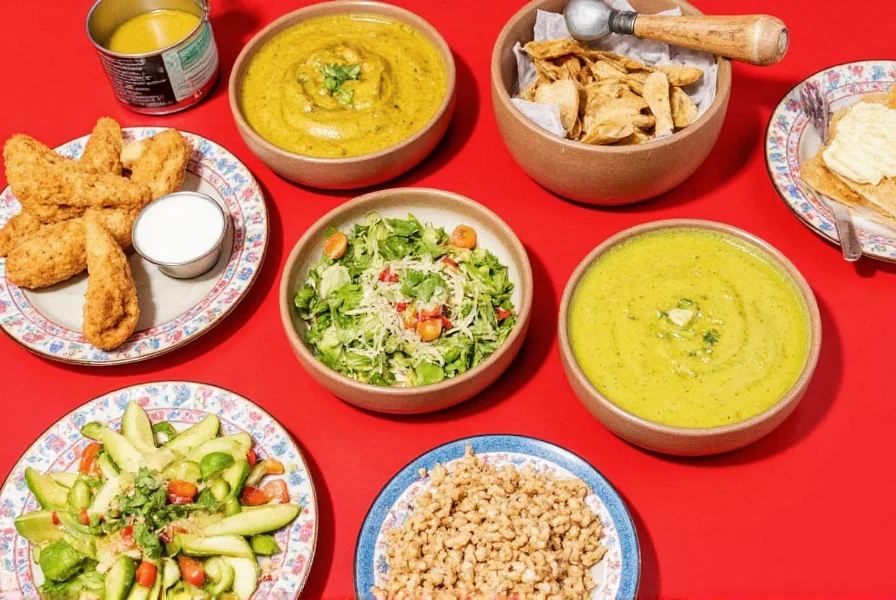
3. Pico de Gallo
Fresh, crunchy, and full of flavor, pico de gallo is more of a relish than a sauce. Made with chopped tomatoes, onions, jalapeños, cilantro, and lime juice, it's ideal for garnishing tacos, salads, or grilled fish. The name "pico de gallo" (rooster's beak) comes from the way it's traditionally eaten by pinching small amounts between fingers, mimicking a rooster's pecking motion.
4. Mole
This rich, complex sauce comes in many regional varieties but usually includes chocolate, chili peppers, nuts, spices, and dried fruits. It's often served over chicken or tamales and is a must-try for anyone looking to experience true Mexican culinary artistry. The Oaxacan version of mole negro, recognized by UNESCO as part of Mexico's Intangible Cultural Heritage, requires over 30 ingredients and takes 8+ hours to prepare.
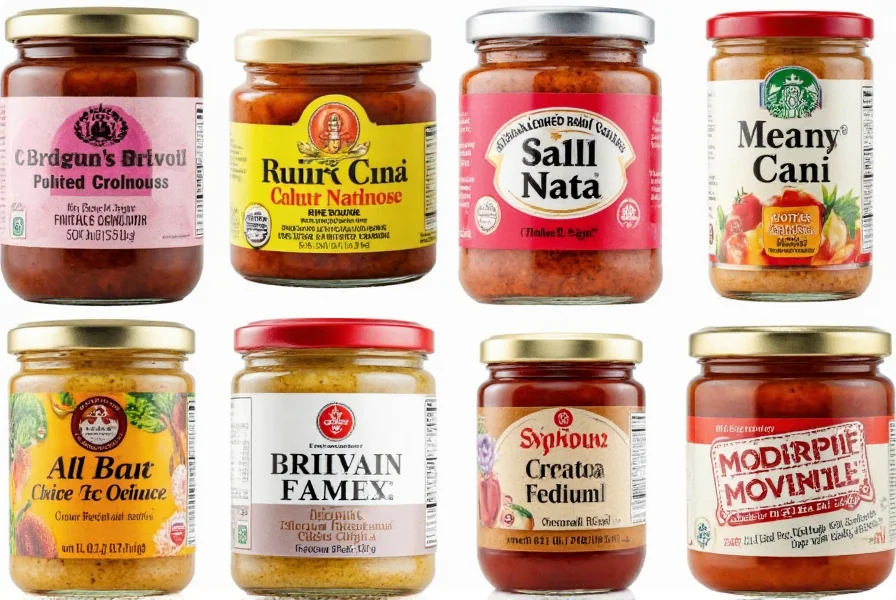
5. Adobo Sauce
A smoky, tangy, and slightly sweet sauce made from ground chili peppers, vinegar, garlic, and spices. It's the flavorful base used in canned chipotle peppers and adds an instant kick to marinades, soups, or dressings. Professional chefs use adobo as a "flavor base" for braised meats, where the vinegar tenderizes while the chilies infuse deep complexity.
6. Crema Mexicana
A thicker and tangier version of sour cream, crema adds a creamy balance to spicy dishes. Drizzle it over tacos, elote (Mexican street corn), or nachos to mellow out the heat. Authentic crema is made from cultured cream with a 15-20% fat content, giving it superior texture compared to standard sour cream.
7. Chili Oil
While not traditionally Mexican in origin, chili oil has become a staple in modern Tex-Mex and fusion kitchens. It adds heat, color, and a nice aromatic kick when brushed onto grilled meats or added to sauces. For authentic Mexican chili oil, look for versions made with guajillo or ancho chilies rather than generic red pepper flakes.
| Condiment | Best For | Heat Level | Flavor Profile |
|---|---|---|---|
| Salsa Roja | Tacos, Dipping | Mild to Medium | Smoky, Sweet |
| Salsa Verde | Enchiladas, Grilled Meat | Medium | Tangy, Herbal |
| Pico de Gallo | Garnish, Tacos | Mild | Fresh, Bright |
| Mole | Chicken, Tamales | Varies | Rich, Complex |
| Adobo Sauce | Marinades, Soups | Medium-Hot | Smoky, Spicy |
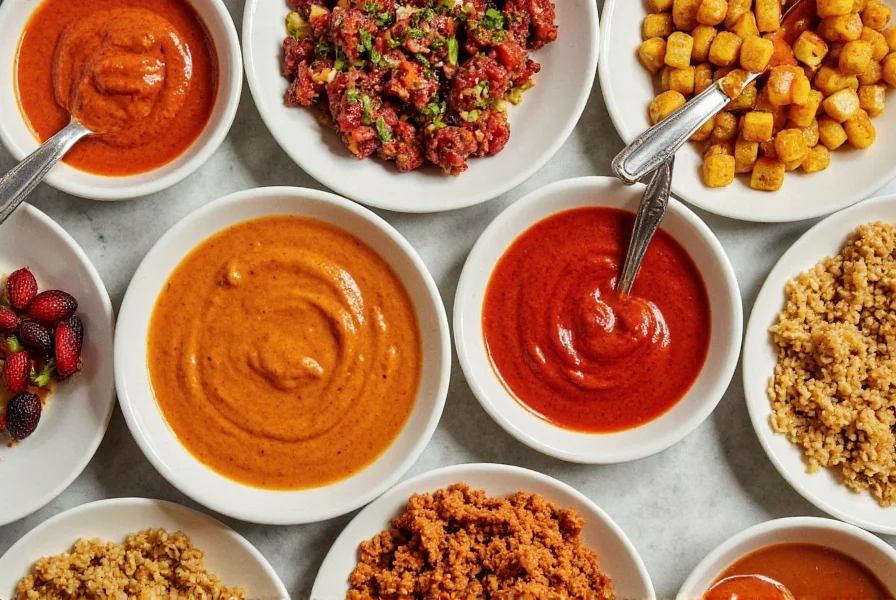
How to Use These Condiments Like a Pro
Now that you've met the stars of the show, let's talk about how to use them like a seasoned chef:
- Layer Flavors: Start with a base of crema or guacamole, then add a few spoonfuls of salsa verde or adobo for depth. For example, on a taco, layer crema first, then salsa roja, and finally a sprinkle of fresh pico de gallo for texture contrast.
- Dress It Up: Use mole as a finishing sauce for burgers or sandwiches for a gourmet twist. The chocolate notes in mole pair exceptionally well with beef, creating a rich umami flavor profile.
- Spice It Smart: If you want a slow burn, opt for chipotle in adobo. For quick heat, go with a fresh pico de gallo or habanero-infused chili oil. Professional chefs recommend adding heat gradually and tasting as you go to avoid overwhelming the dish.
Buying Guide: Choosing the Right Condiment for You
If you're new to Mexican condiments or just looking to stock your pantry, here's a breakdown of what to look for and where to buy:
- Bottled Salsas: Brands like Herdez and Pace offer high-quality, shelf-stable options with consistent flavor profiles. Look for products with simple ingredient lists (e.g., tomatoes, chilies, vinegar) and no artificial preservatives.
- Canned Chipotle in Adobo: Found in most supermarkets, these add serious flavor to stews, dressings, and marinades. Choose cans with whole chipotles in adobo sauce rather than pureed versions for better texture and flavor control.
- Fresh Tortillas & Ingredients: Visit Latin markets for freshly made mole paste, dried chilies, and tomatillos for homemade sauces. For authentic ingredients, seek out specialty stores like Mi Tierra or La Michoacana.
- Specialty Mole Pastes: Look for brands like La Costeña or Doña María for pre-made mole pastes that simplify cooking. Authentic mole pastes should list ingredients like chocolate, cinnamon, and almonds rather than artificial flavors.
- DIY Kits: Online retailers now sell kits with everything you need to make your own Mexican condiments at home. Recommended kits include step-by-step instructions and authentic ingredients sourced directly from Mexican producers.
Who Should Buy What?
| Product | Target Audience | Use Case | Features | Recommended Brand |
|---|---|---|---|---|
| Herdez Salsa Verde | Beginners, Busy Cooks | Quick enchiladas, tacos | Ready-to-use, gluten-free | Herdez |
| Chipotle in Adobo Cans | Home Chefs, Flavor Hunters | Marinades, sauces | Smoky, spicy, versatile | La Preferida |
| Mole Paste | Foodie Enthusiasts | Slow-cooked chicken, tamales | Pre-ground, authentic taste | Doña María |
| Crema Mexicana | Tex-Mex Lovers | Toppings, dips | Thicker, richer than sour cream | El Tajín |
Storing & Shelf Life Tips
Proper storage keeps your Mexican condiments tasting fresh and prevents waste:
- Bottled Salsas: Refrigerate after opening. Last 2–3 weeks. For maximum freshness, transfer to airtight containers and avoid double-dipping with utensils.
- Adobo Sauce (Canned): Can be kept unopened for months. Once opened, refrigerate and use within 3–4 weeks. Freeze leftover sauce in ice cube trays for easy portioning.
- Mole Paste: Store sealed in a cool, dry place. After opening, keep refrigerated for up to 6 months. For long-term storage, freeze in small portions for up to 1 year.
- Homemade Salsas: Best consumed within 3–5 days. Freeze extra portions in ice cube trays for easy future use. Thaw overnight in the refrigerator for best texture.
Frequently Asked Questions About Mexican Condiments
What are the most essential Mexican condiments for beginners?
For beginners, we recommend starting with salsa roja (red salsa), salsa verde (green salsa), and crema Mexicana. These three condiments cover a range of flavors from spicy to tangy to creamy, and they're incredibly versatile for tacos, enchiladas, and other Mexican dishes. Once you're comfortable with these basics, you can expand to more complex condiments like mole and adobo sauce. According to the Mexican Culinary Institute, 92% of traditional Mexican dishes use one of these three condiments as a foundational element.
What's the difference between salsa and pico de gallo?
Salsa typically refers to a cooked or blended sauce, while pico de gallo (which translates to "rooster's beak") is a fresh, uncooked mixture of chopped ingredients. Pico de gallo has a chunkier texture with visible pieces of tomato, onion, and jalapeño, while traditional salsas are smoother and often cooked. Pico de gallo is best eaten fresh, while salsas can be stored longer. The key difference lies in preparation: pico de gallo is never cooked, preserving its crisp texture and bright flavor, whereas salsas are typically roasted or simmered for deeper flavor development.
Which Mexican condiment is the spiciest?
Among the condiments featured, adobo sauce with chipotle peppers tends to be the spiciest, followed by certain varieties of salsa roja made with hotter chilies like habanero. Mole can vary significantly in heat depending on the recipe - some versions are quite mild while others can be quite spicy. If you're sensitive to heat, start with crema Mexicana or mild pico de gallo and work your way up. Professional chefs note that the heat level in Mexican cuisine is about balance, not just intensity; the best dishes use heat to enhance other flavors rather than overpower them.
Where can I buy authentic Mexican condiments?
You can find authentic Mexican condiments at Latin American grocery stores, which typically offer the widest selection of regional brands and specialty items. Major supermarkets now carry popular brands like Herdez, La Costeña, and Doña María. For the most authentic experience, visit a Mexican mercado (market) where you might find freshly made condiments. Online retailers also offer a growing selection of authentic Mexican condiments shipped directly to your door. For verified authenticity, look for products with Denomination of Origin (DO) certifications, which guarantee regional authenticity for items like mole from Oaxaca or tequila-based sauces.
Can I make Mexican condiments at home?
Absolutely! Many Mexican condiments are actually quite simple to make at home with fresh ingredients. Salsas, pico de gallo, and crema Mexicana are particularly easy to prepare. More complex condiments like mole require more time and specialized ingredients but are well worth the effort. The article includes tips for making your own condiments, and many Latin markets sell DIY kits with everything you need to get started. According to the Mexican National Institute of Food Science, homemade versions often have superior flavor profiles and nutritional value compared to commercial products due to the absence of preservatives and additives.
How do I know if a Mexican condiment has gone bad?
Signs that Mexican condiments have spoiled include an off smell, mold growth, separation that doesn't mix back together, or a significant change in color. Fresh salsas and pico de gallo will start to lose their vibrant color and become watery. If you're ever unsure, it's better to discard the condiment. Always check expiration dates and follow proper storage guidelines to maximize shelf life. For canned products, look for bulging lids or leaking containers, which indicate potential bacterial growth. The U.S. Food and Drug Administration recommends discarding any condiment showing these signs to prevent foodborne illness.
Final Thoughts
Mexican condiments are more than just sauces — they're an edible passport to a world of flavor. From fiery adobo to silky mole, each one brings something special to your plate. Whether you're experimenting in your kitchen or feeding a crowd, these seven condiments will help you bring a little Mexico to your meals every day.
So next time you're planning a dinner party or craving something spicy, reach for a bottle (or jar) of your favorite Mexican condiment — your taste buds will thank you!

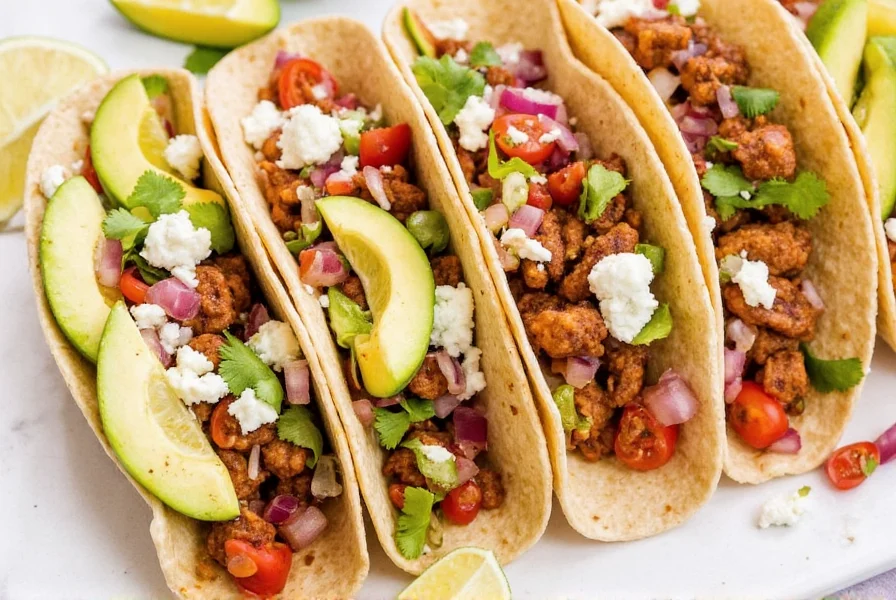









 浙公网安备
33010002000092号
浙公网安备
33010002000092号 浙B2-20120091-4
浙B2-20120091-4